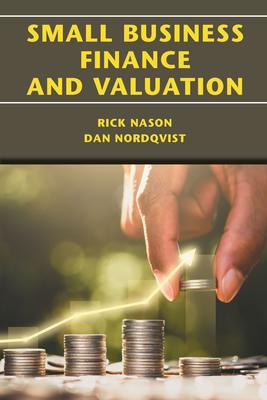The answer that you are seeing in the pictures are correct but I dont know how to solve this exercises to get those answers. Please can you make just like two exercises of each only A,B. and C because I want to learn. I need a very 

 detailing explanation please thank you
detailing explanation please thank you
Consider two 30-year maturity bonds. Bond A has a coupon rate of 4%, while bond B has a coupon rate of 12%. Both bonds pay their coupons semiannually. a. Compute the prices of the two bonds at each interest rate. b. Suppose Bond A is currently priced to offer a yield to maturity of 8%. Calculate the (percentage) capital gain or loss on the bond if its yield immediately changes to each value of yield to maturity. c. Suppose Bond B is currently priced to offer a yield to maturity of 8%. Calculate the (percentage) capital gain or loss on the bond if its yield immediately changes to each value of yield to maturity. d. Which bond's price exhibits greater proportional sensitivity to changes in its yield? In other words, which bond has greater interest rate risk? e. Which bond pays a high coupon rate has lower "average" or "effective" maturity than a bond that pays a low coupon rate? Complete this question by entering your answers in the tabs below. Compute the prices of the two bonds at each interest rate. Note: Round the bond price to 2 decimal places. Consider two 30 -year maturity bonds. Bond A has a coupon rate of 4%, while bond B has a coupon rate of 12%. Both bonds pay their coupons semiannually. a. Compute the prices of the two bonds at each interest rate. b. Suppose Bond A is currently priced to offer a yield to maturity of 8%. Calculate the (percentage) capital gain or loss on the bond if its yield immediately changes to each value of yield to maturity. c. Suppose Bond B is currently priced to offer a yield to maturity of 8%. Calculate the (percentage) capital gain or loss on the bond if its yield immediately changes to each value of yield to maturity. d. Which bond's price exhibits greater proportional sensitivity to changes in its yield? In other words, which bond has greater interest rate risk? e. Which bond pays a high coupon rate has lower "average" or "effective" maturity than a bond that pays a low coupon rate? Complete this question by entering your answers in the tabs below. Suppose Bond A is currently priced to offer a yield to maturity of 8%. Calculate the (percentage) capital gain or loss on the bond if its yield immediately changes to each value of yield to maturity. Note: Do not round intermediate calculations. Loss amounts should be indicated by a minus sign. Consider two 30 -year maturity bonds. Bond A has a coupon rate of 4%, while bond B has a coupon rate of 12%. Both bonds pay their coupons semiannually. a. Compute the prices of the two bonds at each interest rate. b. Suppose Bond A is currently priced to offer a yield to maturity of 8%. Calculate the (percentage) capital gain or loss on the bond if its yield immediately changes to each value of yield to maturity. c. Suppose Bond B is currently priced to offer a yield to maturity of 8%. Calculate the (percentage) capital gain or loss on the bond if its yield immediately changes to each value of yield to maturity. d. Which bond's price exhibits greater proportional sensitivity to changes in its yield? In other words, which bond has greater interest rate risk? e. Which bond pays a high coupon rate has lower "average" or "effective" maturity than a bond that pays a low coupon rate? Complete this question by entering your answers in the tabs below. Suppose Bond B is currently priced to offer a yield to maturity of 8%. Calculate the (percentage) capital gain or loss on the bond if its yield immediately changes to each value of yield to maturity. Note: Do not round intermediate calculations. Loss amounts should be indicated by a minus sign


 detailing explanation please thank you
detailing explanation please thank you





